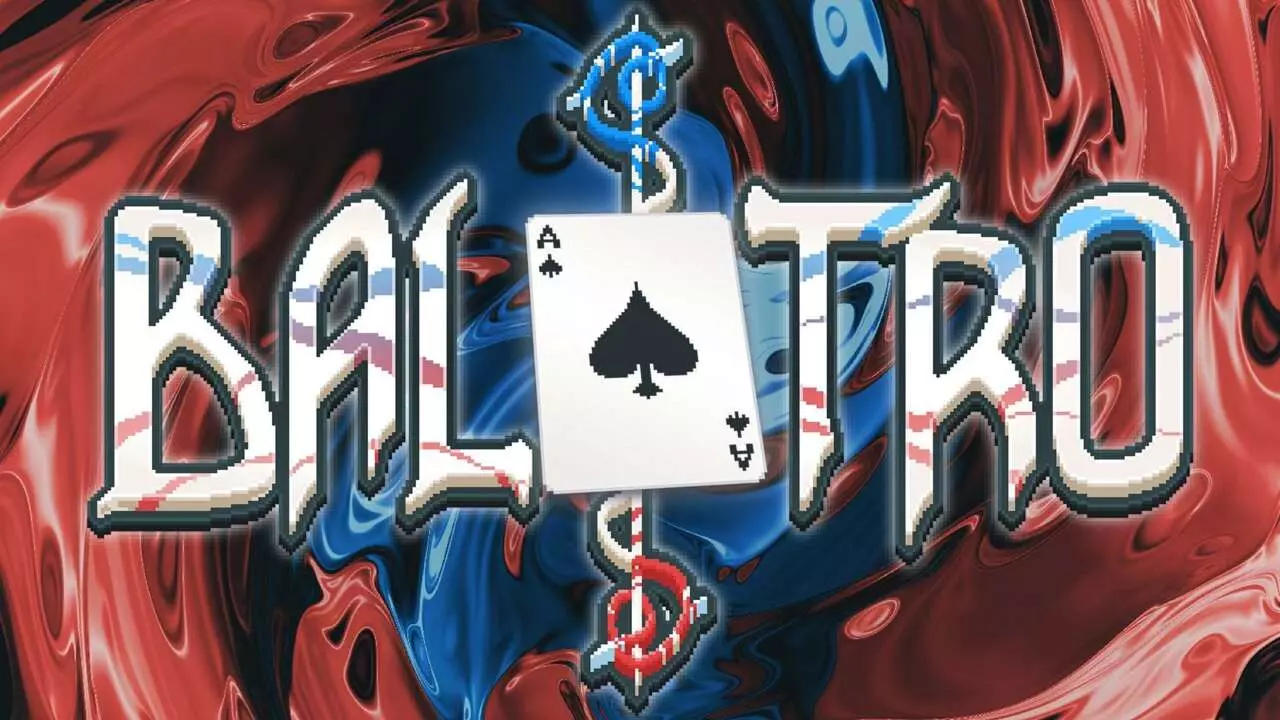In the complex landscape of video game ratings, few cases stir as much debate as the recent rating of the game Balatro by the Pan European Game Information (PEGI) board. Rated 18+, the game has faced scrutiny for its alleged connection to gambling mechanics. Developer LocalThunk has mockingly suggested that to achieve a more age-appropriate rating, they might as well include “real gambling” elements, akin to the universally popular game EA Sports FC 25, which maintains a seemingly lenient 3+ rating despite its own loot box mechanics. This contrast raises pressing questions about the consistency and criteria of gaming ratings in an industry striving for regulatory clarity.
PEGI’s rationale behind granting Balatro an 18+ rating hinges on its use of real-life poker hands, which the board argues could potentially educate players on gambling tactics applicable in real-life scenarios. This reasoning certainly reflects the growing concern over youth exposure to gambling-related content. However, it seems overly stringent when compared to the model employed for other titles that utilize similar or arguably more exploitative mechanics yet enjoy more favorable ratings. Despite this, PEGI’s assertion that Balatro’s prominent gambling imagery warrants its Adults Only rating emphasizes the importance of responsible gaming practices, especially given the array of harmful effects that gambling can present to younger audiences.
LocalThunk’s criticisms point to a glaring inconsistency in the games industry. The developer argues that while Balatro is penalized for its “evil playing cards,” other major titles such as EA Sports FC 25 continue to thrive within a more compassionate rating system despite containing microtransactions and loot boxes that could easily be construed as gambling mechanics for younger players. Through this lens, LocalThunk’s suggestion to add similar mechanics to Balatro serves as a satirical commentary on the arbitrary nature of rating frameworks, questioning whether the true issue lies with the game or the rating agencies’ biased perspectives.
Despite its contentious 18+ rating, Balatro has been rousing success, shifting over 3.5 million copies since its launch and receiving accolades at various award platforms, including The Game Awards. This performance underscores that consumers can often separate the game’s perceived risk from its actual enjoyment. The positive reception indicates that gamers are not dissuaded by the rating; rather, it has sparked discourse surrounding regulations more than affecting sales negatively.
The Balatro case reveals the imperfections in the current rating framework and signals a potential need for reform. A more nuanced and transparent approach to classification could benefit developers and players alike, fostering an environment where the creative freedom of game design is upheld while still protecting younger audiences from inappropriate content. As the conversation surrounding gaming ratings evolves, industry stakeholders must take heed of these discussions to regulate and streamline what is deemed acceptable in gaming. Balatro’s journey illustrates the critical intersection of creativity, responsibility, and regulation within the gaming world, urging continued examination and dialogue.


Leave a Reply